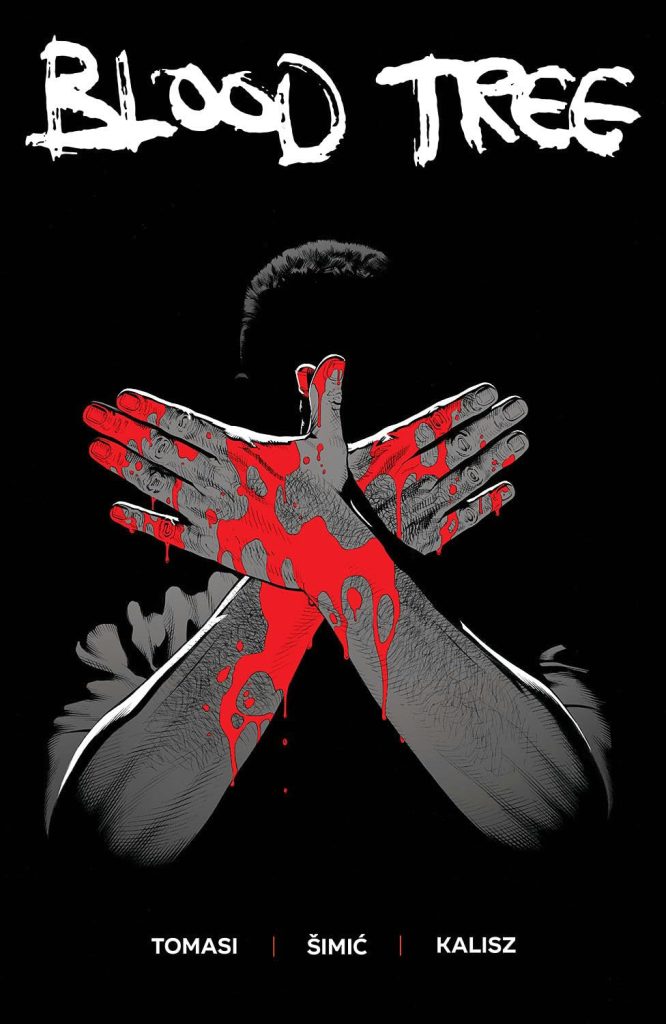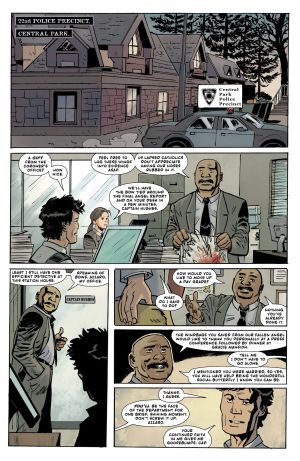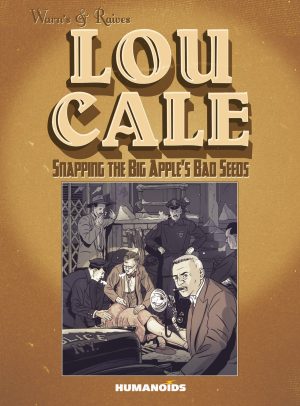Review by Ian Keogh
New York police detective Dario Azzaro saves some dignitaries from injury when a body plunges down from a skyscraper. The corpse is naked and adorned with a pair of feathered angel wings. Several more deaths follow, with the wings a connecting feature.
A killer whose deranged habits make perfect sense to them being trailed by a tenacious detective is a familiar form of crime fiction, but Peter J. Tomasi brings a freshness by the outrageous form the killings take. However, there’s a concern when what’s shaping up to be a satisfying procedural mystery is interrupted by a strange lapse. Azzaro decides disrupting the Sunday service to show a priest some crime scene pictures is acceptable. Why? The only reason seems to be in order to supplying a mildly shocking scene, as waiting until the service ends would have made little difference in context. Thankfully, allowing for the killer’s madness, it’s the only questionable scene in a tightly plotted thriller.
Azzaro begins referring to the killer as the Wingman, and Tomasi intersperses scenes of detective work with brief passages showing the killer at work, until they’re identified halfway through. The title refers to the names of the dead written on branches of a tree drawn on the wall of the killer’s apartment, eye-catchingly drawn by Maxim Šimić. He applies a cartoon realism to the remainder of the cast, good at creating people easily distinguished from one another, and they’re convincing within their environments. The visuals aren’t quite as imaginative or distinctive, but there’s something of the way Michael Avon Oeming drew Powers.
Just when readers will feel comfortable they’ve come to terms with what’s happening, Tomasi drops a brilliant bombshell shifting the ground entirely. It feeds into fears Azzaro has about his son, and explains his mother’s over the top reaction a chapter earlier. How the Wingman moves about unobserved is a further good touch. An exception is a brief well written conversation in a jail, but it’s really only Azzaro and his target who’re given a personality, resulting in a lack of impact at a later death. The people that count form a suitably fiery finale, making a decisive statement about concerns that have manifested and the false assumptions motivating the Wingman. All in all, very readable.





